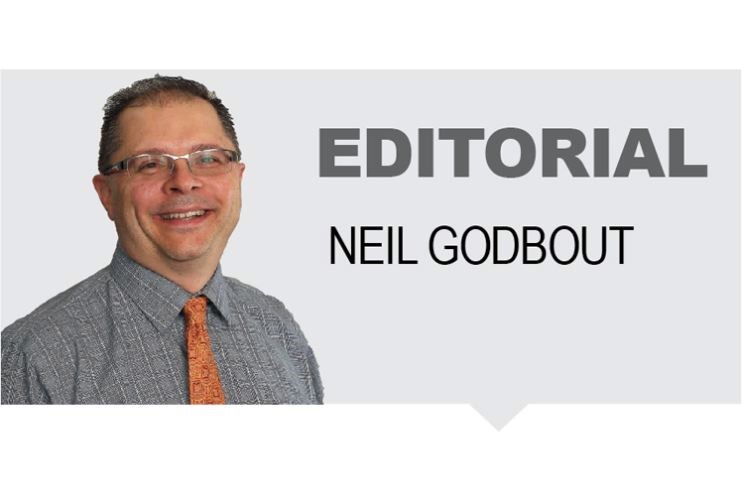What you see is all there is, Nobel laureate Daniel Kahneman said in his book Thinking Fast And Slow to explain how people - and more importantly, their brains - process and make sense of the world.
That simple phrase explains so much, from how people who exclusively watch Fox News think the only man standing in the way of a migrant horde flooding into the United States is an obese New York developer to viewers who watch MSNBC are sure that same obese developer is a crook who has obstructed justice and ripped off taxpayers to further enrich himself during his presidency.
Closer to home, what you see is all there is serves as a great phrase for understanding the passion - both for and against - that greets any local government spending on the arts. For residents immersed in Prince George's vibrant arts scene, government investment makes perfect sense because there are so many people doing so many great things to build community and enrich local culture, for kids and adults. For other residents, the ones who have never seen a Judy Russell production, a Prince George Symphony Orchestra concert, a Theatre Northwest production or exhibits at the Two Rivers Art Gallery or the Community Arts Council, they question why city council should spend money on the arts for a small but noisy fan base when there are streets to pave, roads to clear of snow, parks to maintain and arenas and swimming pools to operate?
Of course, what you see is not all there is, so Kahneman's phrase serves as a reminder of the shortcomings of our individual worldviews, as well as a challenge to seek out what we aren't seeing, to gain a deeper, more accurate perspective.
Prince George's arts community, like those everywhere, can be broadly described as lively and vibrant, engaged, welcoming and inconclusive.
Artists across the genres love to see their fellow artists succeed and they deeply appreciate the support - financial and verbal - of audiences. How exciting it must have been for the producers and cast of Beauty and the Beast to have seen a full house virtually every night during its run in the Playhouse last month.
The local arts community, like those everywhere, can also be a snobby clique at times, fighting amongst themselves for audiences, sponsors and turf at other times. By and large, however, artists and the organizations backing them are enthusiastic promoters and collaborators.
Prince George's artists are also a reflection of their community. They work hard, they take nothing for granted, they are constantly striving to prove their value and they are proud of their accomplishments.
These are not people standing at government offices and in front of politicians with their hands out, offering nothing in return. Many of them are savvy small business owners, as skilled at marketing and attracting customers as they are at their specific craft.
Hiring a consultant to develop a 10-year arts strategy for the downtown and asses turning the art council's future downtown home into a cultural centre makes sense. Rather than ad hoc government spending, a plan to grow the arts (and by extension, its economic value) in a coordinated way is simply smart fiscal management.
As arts council executive director Sean Farrell made clear, nobody is asking for the huge $50-million multi-purpose arts facility proposed 10 years ago that would have housed not just a performing arts theatre but included the arts council's groups and even the public library.
"What we need to focus on, with our new facility and a downtown arts strategy is market development," he said, sounding more like an economic development officer than the head of the local arts council. "Let's create a marketplace, an economy for local arts and culture."
The arts council's move from its current rapidly deteriorating home on 15th Avenue to the old BMO building at Third And Quebec is not just an economic opportunity, but also a chance to grow the arts and enhance the downtown core.
When a performing arts centre is truly on the table (perhaps when the city is prepared to sell the valuable commercial land the Playhouse sits on at the corner of Highways 16 and 97 and/or when the school district decides to retire Vanier Hall at PGSS), there will be already be a plan in place as a starting point.
When it comes to both the arts and economic development in Prince George, it's important to not only get past what we see is all there is but to also cast our vision into the future, to what we imagine and what could be.
-- Editor-in-chief Neil Godbout



